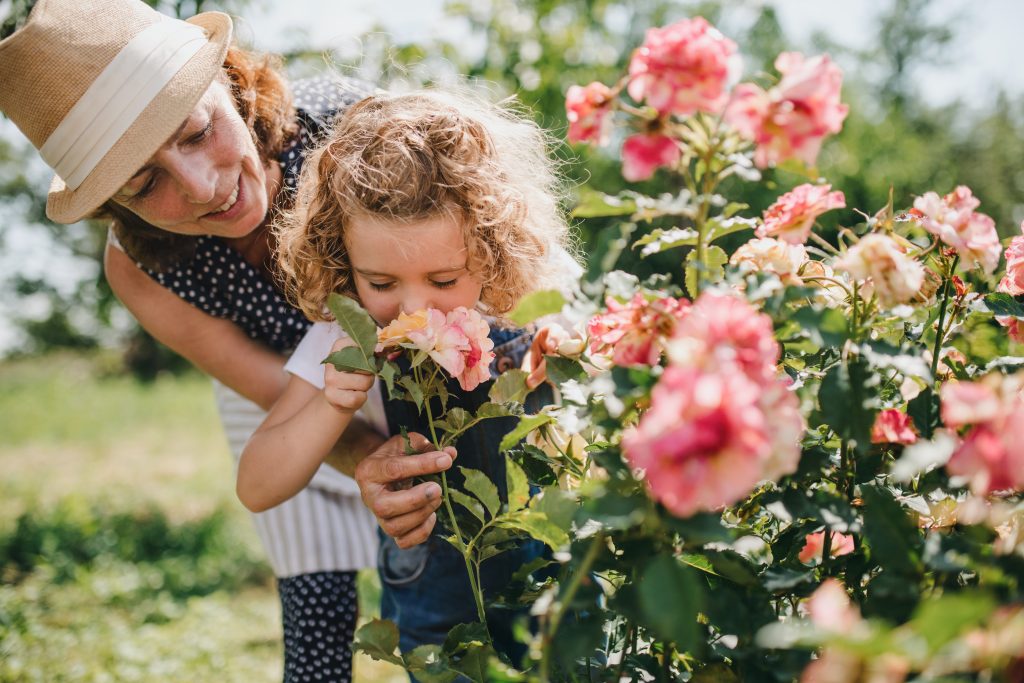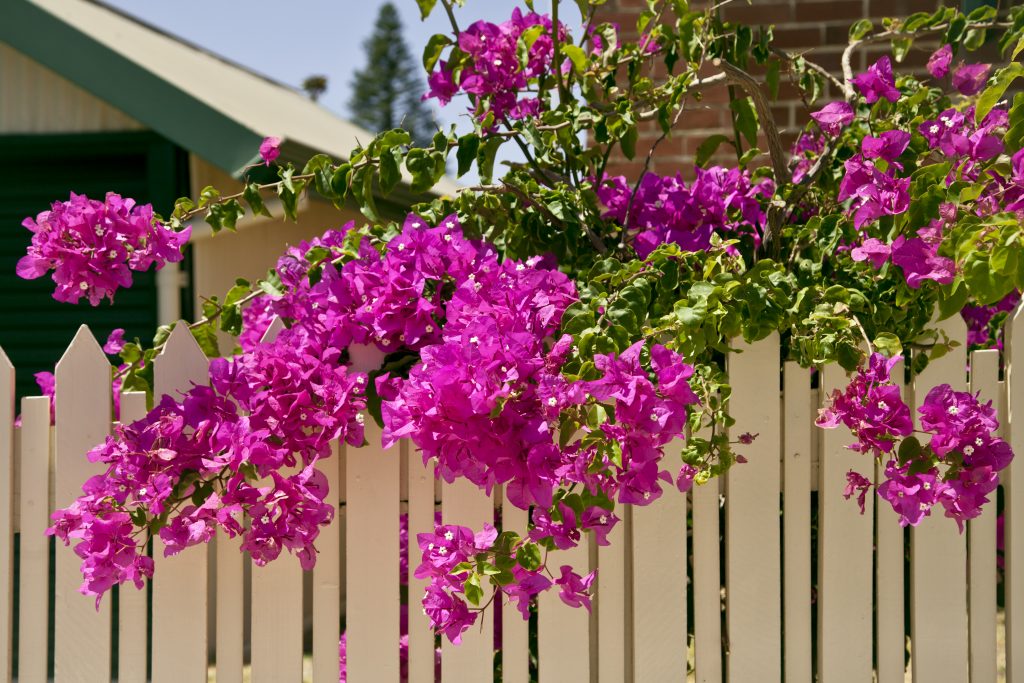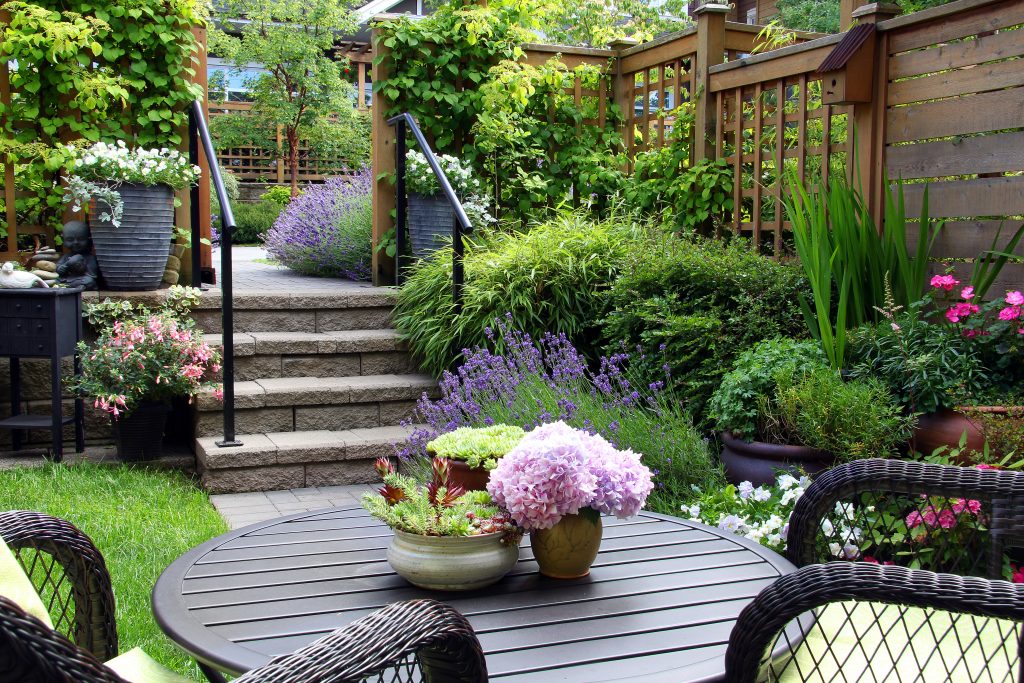Ten easy to grow plants for Australian gardens
Index
 Ten easy plants to grow in Australia
Ten easy plants to grow in Australia
For a gardener, Australia really is a land of sunburnt plains and flooding rains. So if you want a fuss-free garden, it pays to choose low maintenance plants that can handle anything.
Want a lush garden with flowers that bloom all year? Of course you do. But if you don’t have a lot of time to spend on garden maintenance, you’ll need to choose easy plants to grow outside. Your local nursery is a great place to get advice for growing plants in your area, and they will take regional climate and soil types into account.
When you’re at the nursery, look out for Mediterranean plants, as well as sturdy natives. Able to cope with our hot summers and dry soils, these are tried and true favourites that are consistent performers in Aussie gardens.
Ten easy plants to grow
If you’re ready to inject some colour into your garden, try these easy growing plants:
1. Bougainvillea
If you love a burst of colour, you can’t go past this vibrant creeper. Boasting hot pink, white, red or purple blooms that appear in spring and summer, bougainvillea loves full sun, is drought resistant and is perfect for growing up trellises and over pergolas. Bougainvillea is one of the easiest plants to grow and will require hardy pruning due to its fast growth.
 2. Orange jessamine
2. Orange jessamine
A tough, evergreen shrub that flowers all year round, Murraya paniculata, known as orange jessamine or mock orange, prefers a warm climate, well drained soil and needs little water once established. Growing to about three metres tall, it works wonderfully as a screening hedge.
3. Citrus trees
Choose from lemons, oranges, limes, grapefruit, cumquats or mandarins – citrus trees are an Aussie favourite and relatively easy to grow plants. They prefer warm to mild climates and sandy soils, and as long as they receive plenty of water they can tolerate very hot weather. Dwarf citrus trees are also easy plants to grow in pots.
 4. Frangipani
4. Frangipani
A small deciduous tree, Plumeria, known as frangipani, is native to the tropical regions of the Americas, and grows particularly well in warm, coastal climates. This sweet-smelling garden plant has spectacular, fragrant funnel-shaped flowers in white or pink.
5. Lillypilly ‘Cascade’
This is cultivar hybrid of the popular Syzygium. Also known as Weeping Lillypilly, this hardy tree grows to three metres, and is great for screening and hedges. It grows best in cooler areas with full sun or part shade and boasts lovely glossy leaves in shades of pink, that mature to green. It has cream fluffy flowers in spring followed by small berries.
6. Rosemary
One of the most common plants found in Australian gardens, this Mediterranean herb is also one of the toughest. Its fragrant, needle-like leaves are an essential ingredient in many Greek and Italian dishes. Rosemary thrives on very little water and can tolerate poor soil.
7. Lavender
Another Mediterranean flowering herb, Lavendula brings a delightful fragrance to Australian gardens. Once established, lavender can survive hot, dry conditions, but prefers a well-drained soil.
 8. Roses
8. Roses
This well-loved favourite thrives in the temperate Australian states. Offering an unparalleled range of colours and varieties, roses bloom from spring through to autumn. While they need a good dose of organic fertiliser to kick-start their floral display, roses are surprisingly tough and can survive with little attention, although they respond well to a hard prune each year.
You might like: How to prune roses
9. Sedums
These easy, low maintenance succulents are true survivors in Australia’s harsh climate. From the fleshy foliage to the autumn flowers, they can survive the driest summer. They die back each winter, before growing back the following spring.
10. Indigenous grasses
These are beautiful, natural-looking and delicate, and because they are native, thrive once established. Varieties include Poa, Stipa, Danthonia, Themeda (Kangaroo grass) and Chloris (Windmill grass).
For planting advice on these or other easy to grow plants for your garden, head to your local nursery or contact a landscape consultant.
